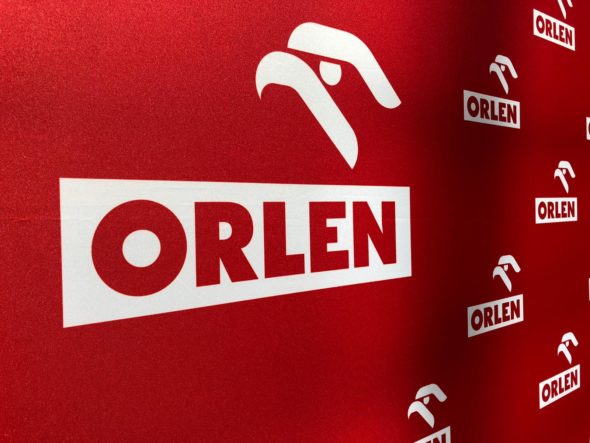What goes on in Poland on the 18th of June.
PGNiG launches production at a new field in the Norwegian Sea
PGNiG Upstream Norway together with Aker BP as the operator, and other licence partners, commenced production at the Gråsel field. Thanks to the use of the existing infrastructure the investment was completed in record time.
“The Gråsel project proves that even relatively small fields can be valuable assets, providing a very attractive return on investment and a reduced carbon footprint. The location of Gråsel in an area where there is already a well-developed infrastructure not only reduced the cost of developing the field, but also shortened the development time. Production at the field was launched only six months after the final investment decision and four months before the originally planned deadline,” stressed Paweł Majewski, President of the Management Board of PGNiG SA, which is the sole owner of PGNiG Upstream Norway. “Increased utilization of the existing infrastructure also means a reduction in greenhouse gas emissions per each unit of hydrocarbons extracted in the region,” Majewski added.
Gråsel is an oil and gas field with resources of 13 million barrels of oil equivalent (boe). It is located in the Skarv production area, which has been in production since 2013. This has made it possible to connect Gråsel to the already operating production facilities, a key component of which is the FPSO Skarv production and storage unit – one of the largest of its kind in the world.
The ability to use the existing infrastructure significantly improves the profitability of new upstream projects in the region. In addition to Gråsel, FPSO Skarv is used for the Ærfugl gas field, where five wells are in operation, and two more will be commissioned later this year. It is also planned to use FPSO Skarv to off-take hydrocarbons from other fields owned by PGNiG Upstream Norway: Shrek and Alve Nord. At the turn of May and June 2021, the unit underwent a major planned overhaul to enable it to receive additional gas volumes from new projects located in the Skarv area.
Orlen’s new investment in Lithuania to make fuel transmission to Ukraine independent of Belarus
„The only railway fuel transshipment terminal in Lithuania, taken over by Orlen Lietuva, together with a base at the Polish-Lithuanian border, is a strategic investment that secures the transmission of fuel to Poland by land,” said the president of PKN Orlen, Daniel Obajtek in an interview. Previously, such transport was carried out by sea. The transaction is also intended to strengthen the logistics of fuel supplies from the Mazeikiu Refinery to Poland and Ukraine.
PKN Orlen announced that Orlen Lietuva has acquired the Lithuanian company Mockavos Terminalas. It owns a 40 ha railway reloading terminal at the Polish-Lithuanian border. The total tank capacity of the terminal is 18 thousand cubic meters. The reloading capacity is estimated at 1.2 million tonnes of liquid fuels per year. There is also the possibility of unloading LPG. „It is a transfer window to Poland, but also to the Baltic countries and Ukraine. So we secure the logistics for Poland, as well as for Ukraine. It is very important. Fuel may reach Ukraine via the fuel terminal in Poland’s Żurawica. 12 percent of the production in Mazeikiai, i.e. 800 thousand tons, goes to Ukraine. Therefore, it secures the strategic logistic interests of Poland, Lithuania and Ukraine, also in the situation of growing market share there, also when it comes to LPG,” Obajtek explained.
The new fuel terminal is to make the transport of petroleum products to Ukraine independent of Belarus. Currently, most of the products are delivered to Ukraine from Lithuania via Belarus, and on the other hand, Belarus is also Orlen’s competitor on the Ukrainian market. PKN Orlen wasn’t the only company interested in the transshipment terminal. The terminal in Mockava near the border with Poland was built in 2017.









